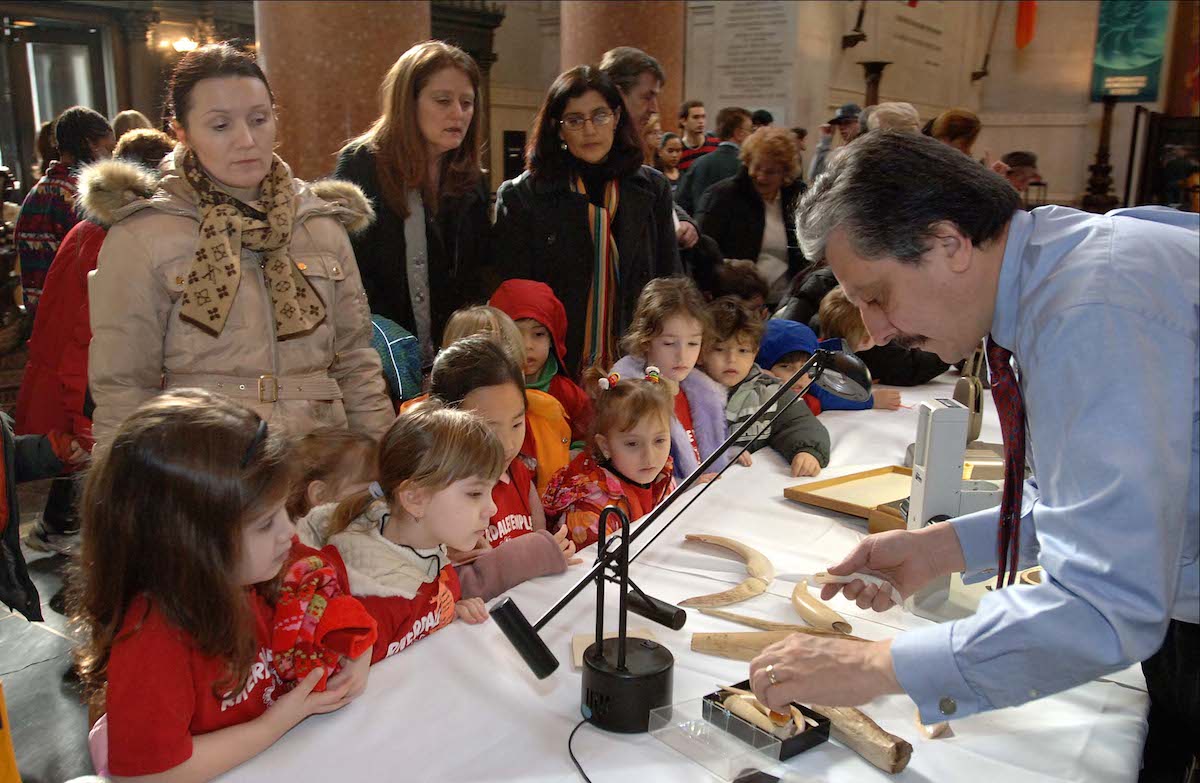On 9th May, 14 American Natural History Museum scientists will be looking to the natural treasures that citizens will bring in order to identify them. The first ID Day started over 35 years ago and today it continues to celebrate citizen science and natural history.
The museum invites visitors not to arrive emptied handed and bring with them rocks, shells, insects, bones, feathers or artifacts. From 12am to 5pm, the museum scientists will try to identify the visitor’s items: which species, what age and how was their use. People cannot bring life animals or recently dead ones.
Items identified in previous years have included a whale jawbone, a fossilized giraffe vertebra, and a 5,000-year-old stone spear point from Morocco.
Last year approximately 3,000 people attended the ID Day.
Tomorrow, 14 Museum scientists will participate from ten departments, such as Botany & Ecology, Anthropology, Entomology, Herpetology, Paleontology and Ornithology.


